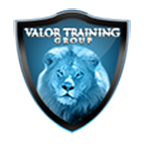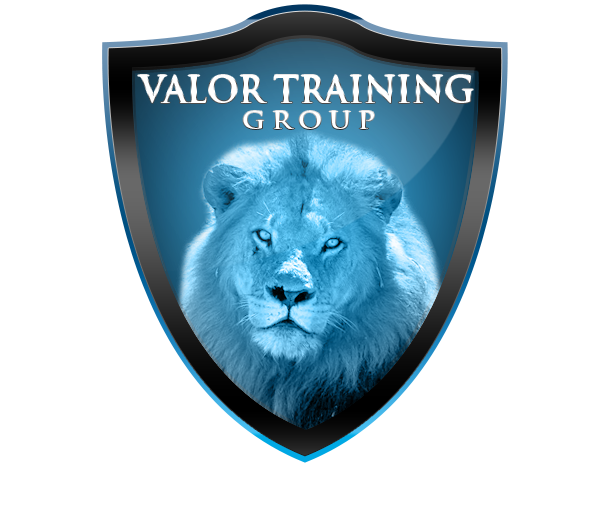Regardless of your other skills, your stance is the basis for all your shooting fundamentals.
January 3, 2017
Stance, the foundation of your shooting platform, is a crucial element that is often overlooked. Fast and accurate shooting with a handgun requires a stable shooting stance that allows the shooter to exercise proper sight alignment, trigger control and recoil management. Several stances can do that, but there’s no “one-size-fits-all” solution.
Creating your strong foundation
When attempting to accurately shoot a handgun, no matter how good your sight alignment, trigger control and other skills are, if your stance doesn’t provide you with a stable shooting platform, you’re destined to be inconsistent with your shot placement.
Looking at shooting stances, there are three main choices and we’ll break each one down:
Isosceles Stance
Isosceles stance (PoliceOne Image)
The shooter faces the target squarely, feet are set shoulder width apart. The toes directly to the target. The knees are flexed, and the shooter leans forward from the waist towards the target. The shooter’s arms are extended and form an isosceles triangle, hence the name.
Pros: The positives include the fact that it feels like a comfortable and natural position to most shooters. In addition, the body positioning seems to have a positive effect on accuracy.
Cons: While the Isosceles Stance provides stability standing side-to-side, it lacks front-to-back balance due to the positioning of the feet. Also, shooters have the tendency to roll their shoulders and drop their head while shooting.
Weaver Stance
Isosceles stance (PoliceOne Image)
The shooter blades his body at approximately 45 degrees to the target. The strong side foot is to the rear and the weak side foot pointed towards the target. This is more of a “marksmanship” stance as opposed to a defensive shooting stance. The shooter’s strong hand is extended and the support arm’s elbow is bent. This allows the shooter to employ a very stable push-pull grip.
Pros: The biggest advantage is the use of the push pull grip, is the effective control of the firearm and recoil in general. It provides a stable platform forward and back.
Cons: Movement in the bladed position is awkward and problematic. Additionally, studies have shown that most Weaver shooters reverted to a form of the Isosceles Stance during actual shootings.
Tactical Forward
The last stance has a variety of names. Some instructors refer to it as a modified Isosceles or Weaver. Others call it a fighting, boxer or tactical stance. We’ll refer to it as the Tactical Forward Stance.
The Tactical Forward Stance was developed in the military in the special forces community. It made its way into law enforcement training and became popular because it allows officers to defend themselves with their hands, baton or firearm all from the same platform.
The Tactical Forward Stance (PoliceOne Image)
In the Tactical Forward Stance, the shooter is square to the target. His feet are shoulder width or slightly wider and the firing side foot is slightly behind the support side foot.
The knees are flexed to absorb recoil and to act as shock absorbers when moving in any direction. The shooter leans slightly forward and extends the arms straight out, bringing the firearms sights to the eyes. The head is kept level to maintain balance, especially when moving.
Pros: Any weapon, whether handgun or long gun can be fired effectively from this stance.
Cons: With the fighting stance, there really isn’t a downside. By modifying the Weaver and Isosceles stances, it eliminates the common drawbacks of the other two stances.
Finally, give each one a try, see which one is most comfortable for your needs. Regardless of choice, practice. You don’t need to be on the range or have a firearm in your hands to practice any of these stances. Muscle memory is real, so make your stance second nature and watch your shooting consistency improve.


